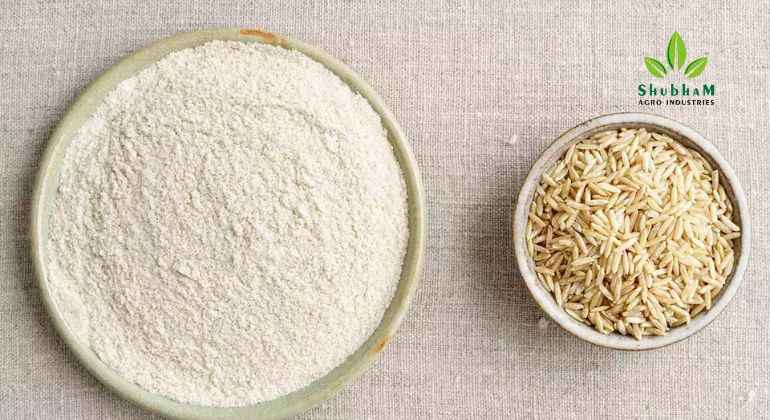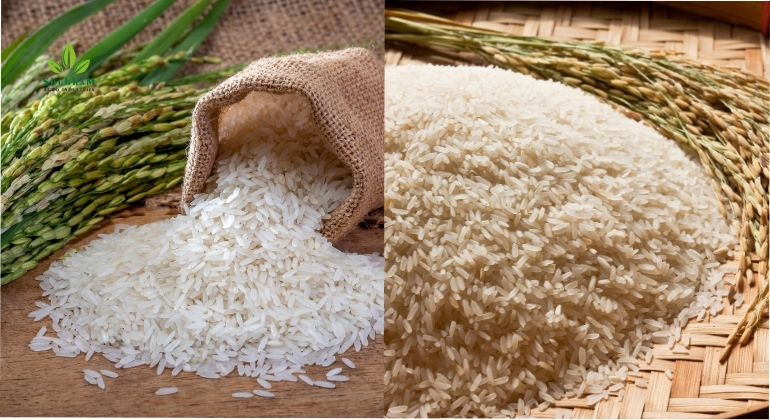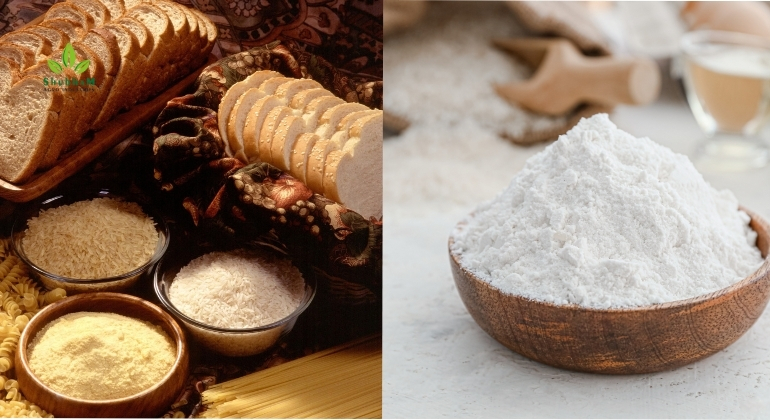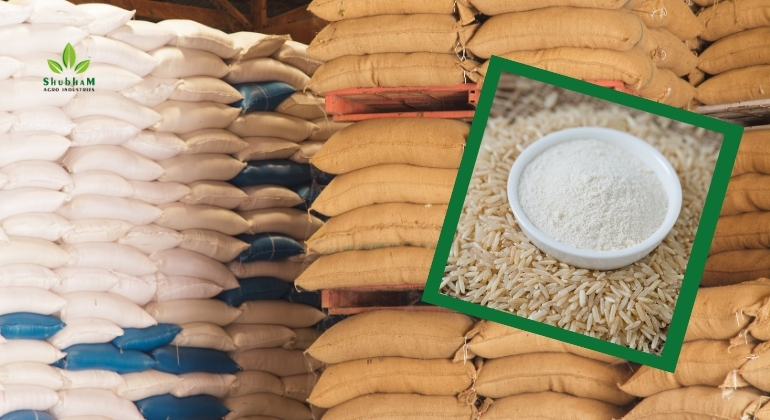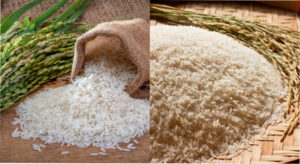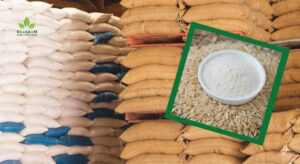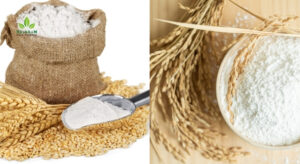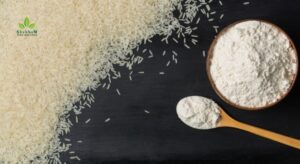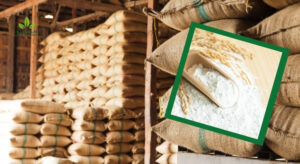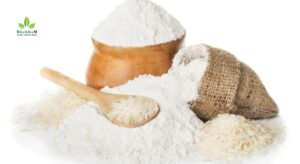Modified Starch in Rice Flour
Modified starches are essential in the field of food science because they improve the texture, appearance, and general quality of a variety of goods. With its distinct qualities and lack of gluten, rice flour is a fantastic foundation for applications involving modified starches. This blog article will go into the interesting world of rice flour-modified starch and all of its culinary applications.
What is Modified Starch?
Modified starch is a type of starch that has undergone physical or chemical modification. It can come from a variety of sources, including corn, potatoes, and rice. The modification process is carried out to enhance the stability, thickening capacity, and gelling characteristics of starch.
Rice Flour as the Canvas
Rice flour, a gluten-free and hypoallergenic ingredient, serves as a versatile canvas for the application of modified starch. Here’s why rice flour is an excellent choice:
- Gluten-Free: Since rice flour is inherently gluten-free, anyone with celiac disease or gluten sensitivities should use it.
- Neutral Flavour: It can easily and tastelessly mix into a variety of dishes thanks to its mild, neutral flavour.
- Sticky Nature: When compared to other starches, rice flour can offer a stickier texture, providing interesting textural options.
Culinary Applications of Modified Starch by Rice Flour
- Improved Baking: Gluten-free baked items like bread, cakes, and muffins can benefit from the texture and shelf-life enhancements offered by modified rice starch. It contributes to greater moisture retention, a softer crumb, and higher overall quality.
- Gluten-Free Flour Blends: To provide a more palatable texture and consistency, rice flour can be included in gluten-free flour mixes used to make cookies, pancakes, and other baked products.
- Creamy Sauces: Creamy, gluten-free sauces can be made with modified rice starch. It gives sauces like béchamel or Alfredo a smooth, velvety texture.
- Desserts: A crucial component of the creamy, gluten-free custards, puddings, and fruit fillings is rice flour’s modified starch. In these applications, its thickening properties are extremely useful.
- Gluten-Free Pastas: Modified rice starch can greatly enhance the texture and mouthfeel of pasta when it is used to make gluten-free pasta. It aids in simulating the pleasant and chewy characteristics of conventional wheat pasta.
- Asian Dumplings: For popular foods like gyoza and dim sum, gluten-free dumpling wrappers can be made using modified rice starch.
- Soups and Gravies: It adds thickness to gluten-free soups, gravies, and stews to improve their texture without changing their flavour
Benefits of Modified Starch by Rice Flour
Improved Texture: Modified rice starch can improve the texture of gluten-free goods, increasing consumer appeal.
- Longer Shelf Life: By lowering the rate of staining and keeping freshness, it helps extend the shelf life of baked goods.
- Gelling Properties: Rice flour-derived modified starches are frequently utilised in gelling processes, such as making fruit preserves or gummy sweets.
- Improved Stability: Modified rice starch can give stability to emulsions by avoiding separation and preserving a uniform texture, such as in salad dressings.
- Reduced Syneresis: Modified starch can make products like frozen desserts have a creamier texture by reducing the release of water (syneresis) during thawing.
Practical Tips for Using Modified Starch by Rice Flour
Here are some tips to make the most of modified starch by rice flour in your culinary endeavours:
- Dosage: The texture and flavour of the finished product can be impacted by using more modified starch than is advised by the manufacturer.
- Mixing: Before adding the modified starch to a hot mixture, make sure it is thoroughly dissolved in a cool liquid. This helps avoid lumps.
- Label Reading: When purchasing packaged gluten-free foods, be sure to carefully read the labelling because some items may contain modified starches that come from wheat or other grains high in gluten.
- Experiment: Don’t be afraid to try out various modified starches to see which one works best for your particular culinary needs.
Conclusion
Rice flour’s modified starch is a culinary chameleon that offers a plethora of options for developing superior gluten-free items with enhanced texture and stability. Using modified starch made from rice flour can take your culinary creations to a whole new level, whether you’re baking, cooking, or working with different food applications. Accept this adaptable ingredient and take advantage of the advantages it offers to create delicious and enjoyable gluten-free food.
